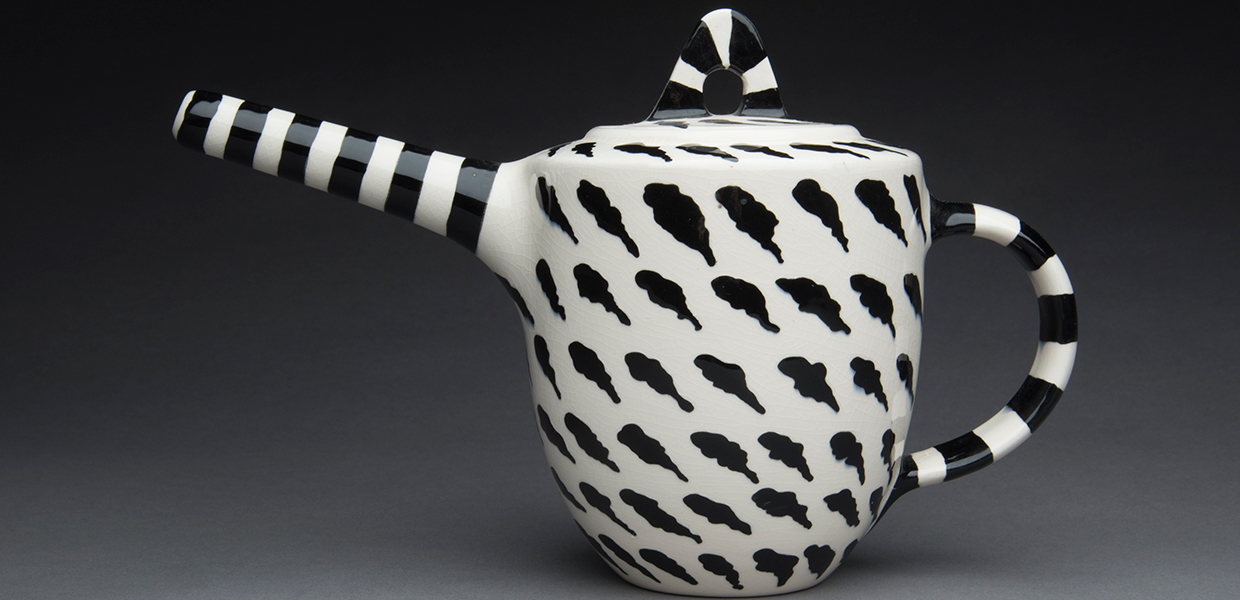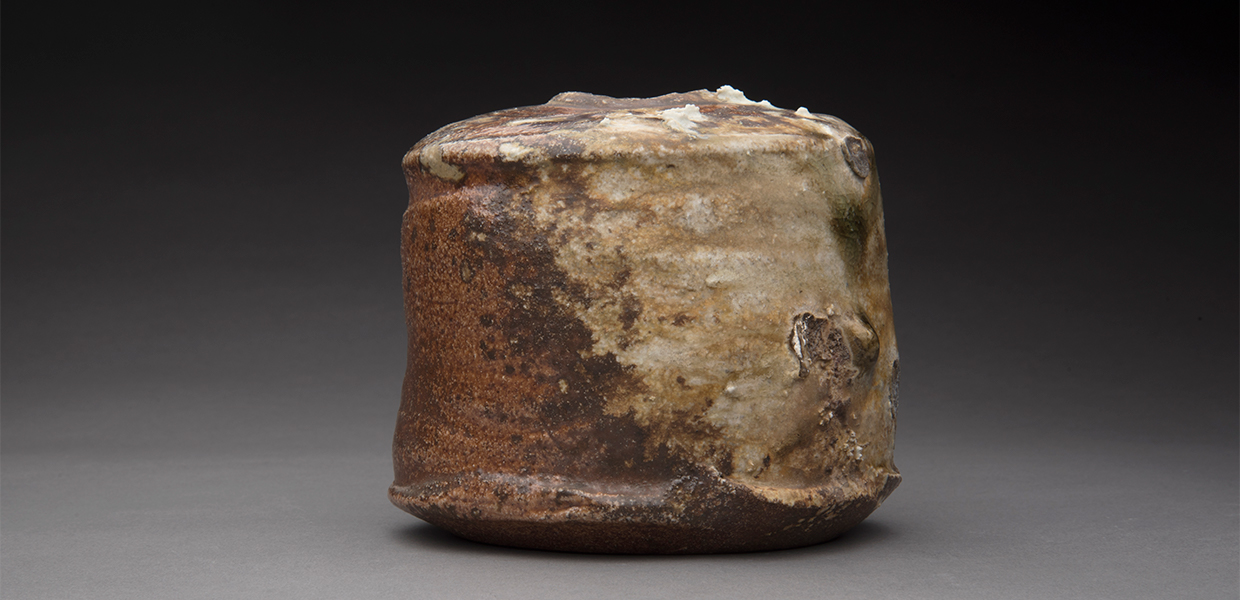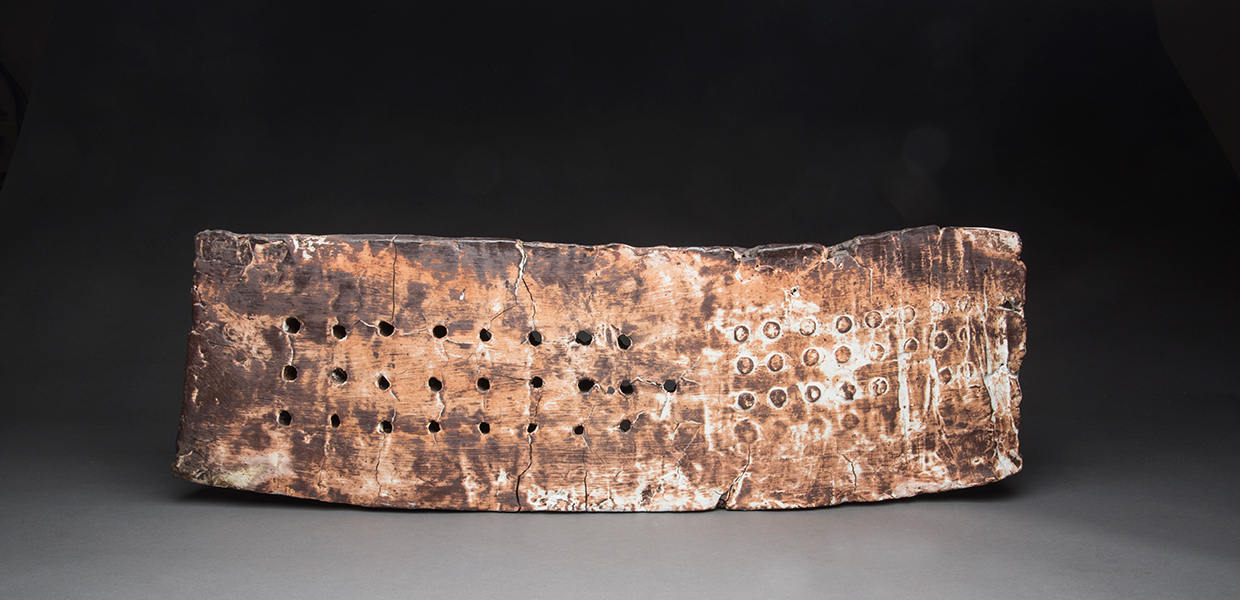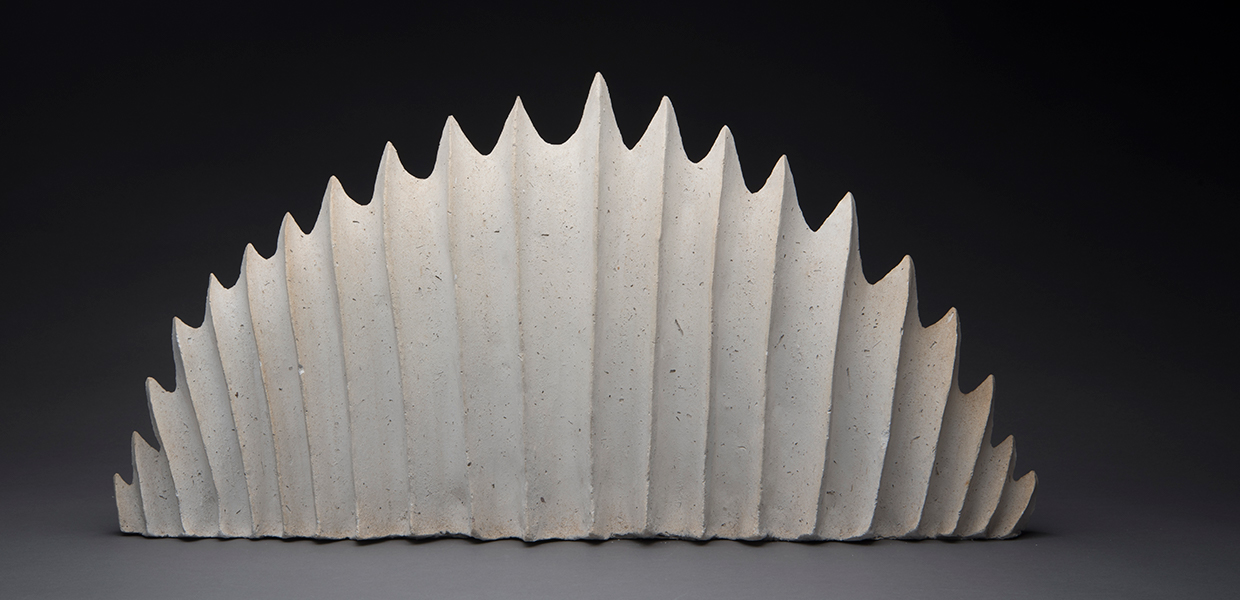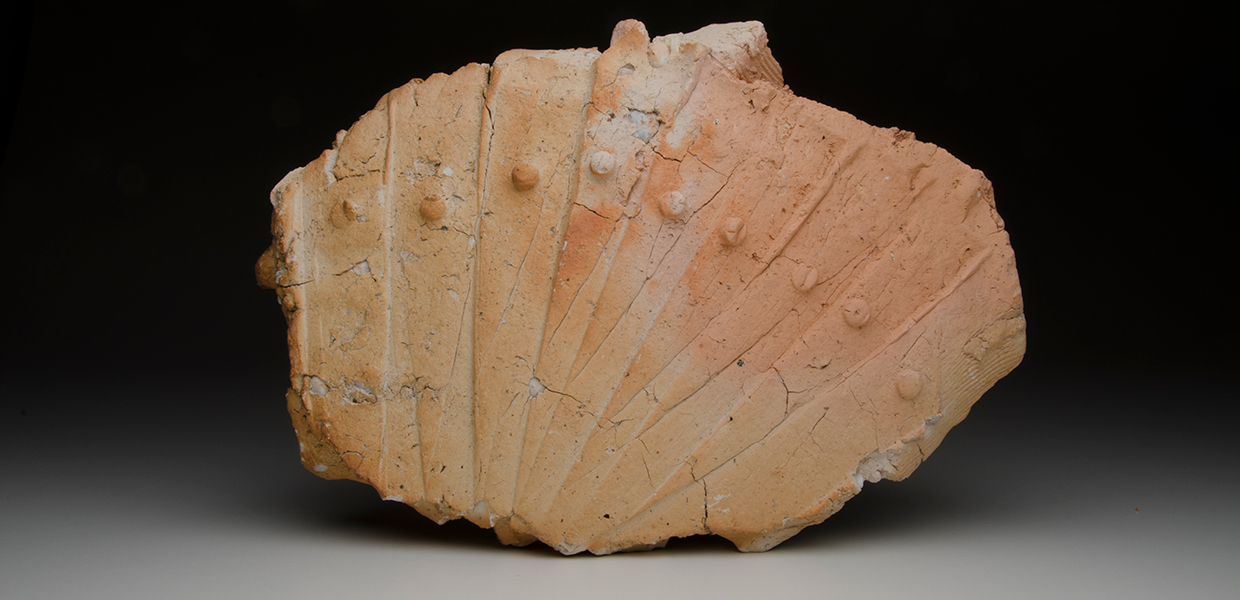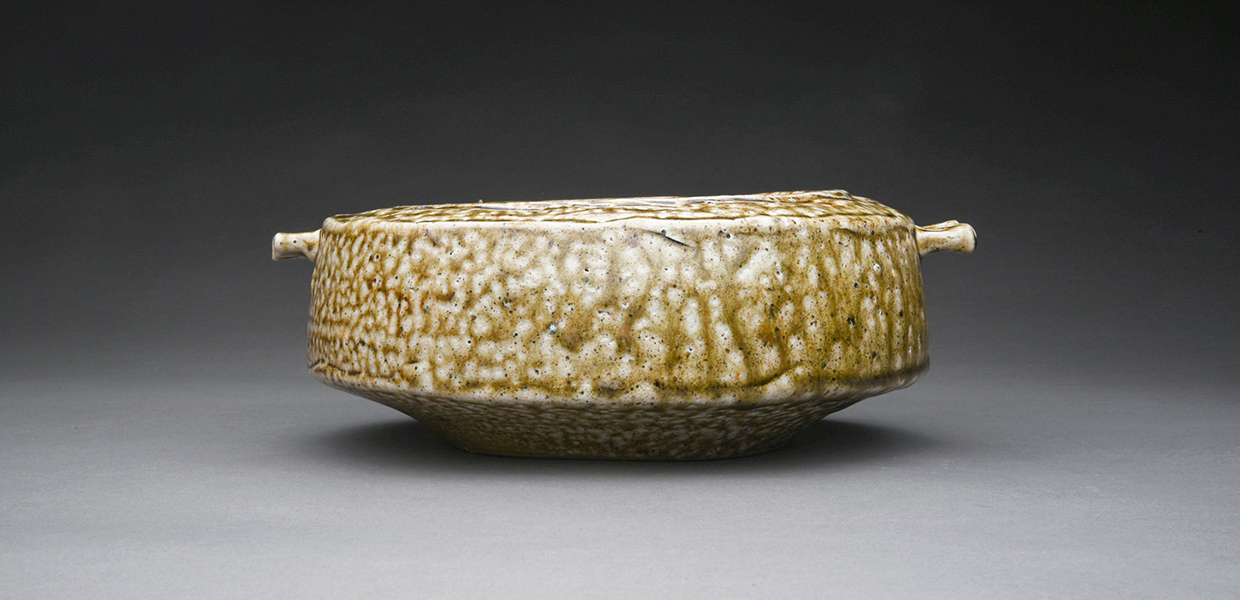John Stewart
Could you give a brief description of your current practice and the number of years you have been involved in ceramics?
My current studio practice is dedicated to the production, packaging and marketing of a range of slip cast items. The incorporation of my photography using ceramic decals is integral to this body of work.
I have been making ceramic artwork since 1972. (Richmond River High School, HSC 1st level Art).
When and why did you move to the Northern Rivers of NSW?
I was born here. I am a forth generation descendent of Isaac and Ann Stewart who, like almost all the original dairy farmers of this area, selected land in the early 1880’s. I was raised on the family dairy farm, leaving in 1975 to study at East Sydney Technical College (National Art School).
A more relevant question is why did come back? Living and studying in Sydney was a fantastic experience but after two years of trying, my attempts to establish a pottery proved unviable. In 1978 I moved back home and began to build my pottery in the now disused dairy bails.
What part(s) of the Northern Rivers have you worked in and can you tell us about the type of work you have delivered?
Lismore TAFE Ceramics Department.
I taught here for thirty years. Kerry Selwood started the department in the 1970’s and he had both the vision and character to develop the section into what I still believe to be the best ceramics department in regional Australia. By the time of his retirement, the section was delivering the Advanced Diploma in Ceramics – the highest qualification in TAFE NSW. Kerry’s legacy is the Lismore Ceramics Department.
I took over the leadership role in the mid 1990’s. It was at a time when reassessments of the OHS compliance of all departments across NSW TAFE were being conducted. It was also a time when the trade sections were relocating from Lismore to Wollongbar, thus freeing up floor space for sections like ours. As it turned out, and after a lot of lobbying, we were allocated the space that is now the current ceramics studios. In subsequent years the faculty introduced Screen, Visual Arts and Graphic Design.
Has living and working in a regional area defined your arts practice parameters? Have you considered your location restricting or motivating?
There was certainly evidence of a prevailing sense of connection to the environment during the 1970’s and also a discussion nationally about the notion of “regionalism”. My recollection is that there was a fairly unanimous rejection of regionalism.
The environment has always been an influence on my work. This region has been a magnet for potters since the late 1960’s and this has given rise to a sense of community over 5 decades. For these reasons I have never felt restricted by our location.
This was of course the pre digital era. Fast-forward to the present day and these issues become irrelevant – the Internet has changed everything. One can now have access to a plethora of images, artist profiles, information – it’s all there. The digital age allows connectivity across creative communities.
Has your practice undertaken major changes/challenges in your more mature years?
Yes. For over 40 years I embarked on many very physically challenging endeavours – building and firing wood-fired kilns and sheds, making large sculptural and wheel thrown work, mixing local clay bodies by the tonne, etc.
Due to a significant medical diagnosis I now restrict my preferred mode of making to slip casting. Wheelwork – my first love – is something that I continue to do but only occasionally.
How have you maintained your passion for your practice over the years?
It has never been an issue – I have so many unrealised aspirations on my to-do list.
Do you use social media platforms as a useful resource for your work as an artist?
Yes, but not very well (my partner is savvy in this regard – thanks Leonie).
I have a website, Facebook, Instagram and Twitter accounts.
Are you concerned about sharing your skills and knowledge with the next generation of artists in your field?
As a teacher I share and have always shared my knowledge and skills with anyone who wants to know – so the answer is no.
How do you see the future development of your arts practice?
I don’t know. Anything is possible. I just wish to keep making – there are so many possibilities.

